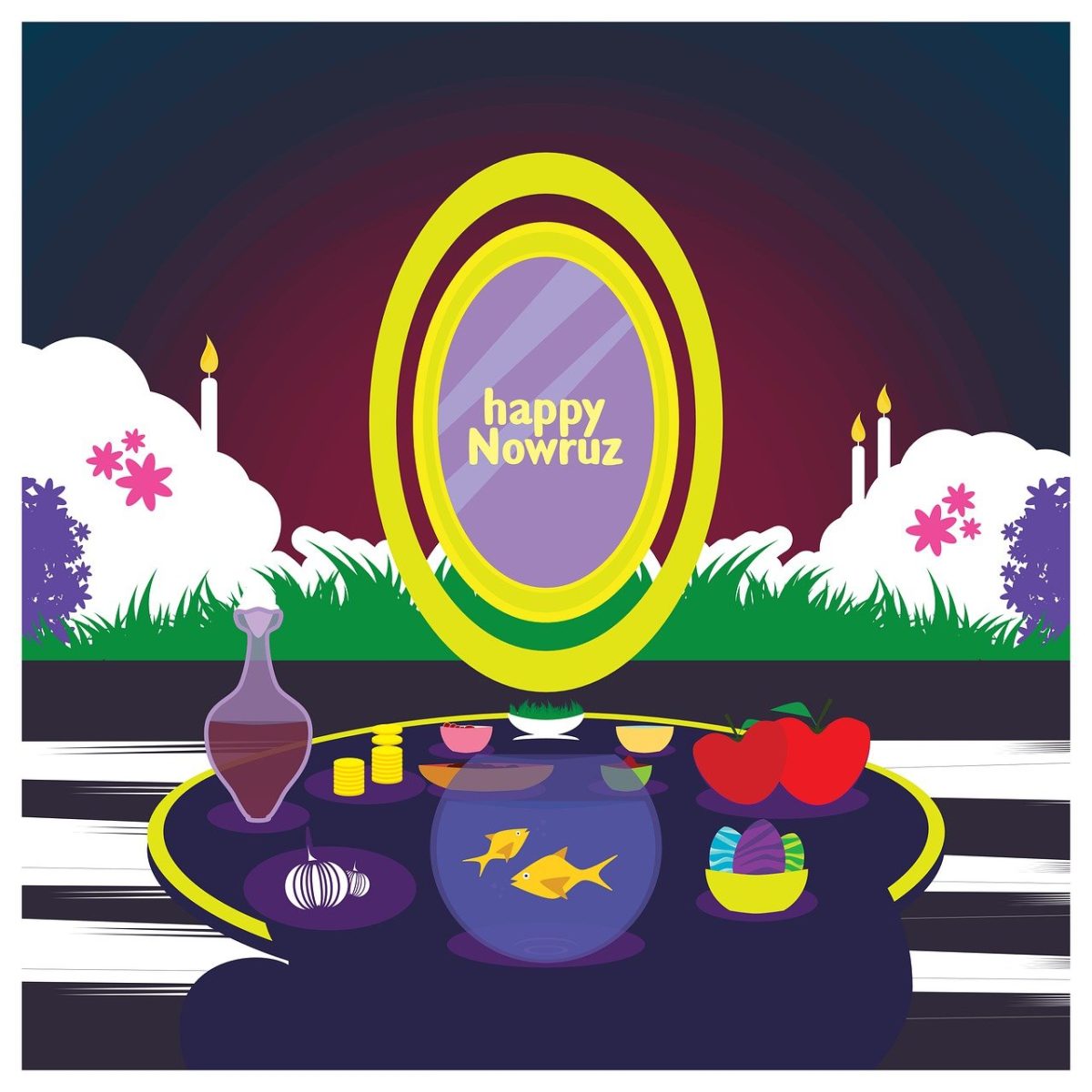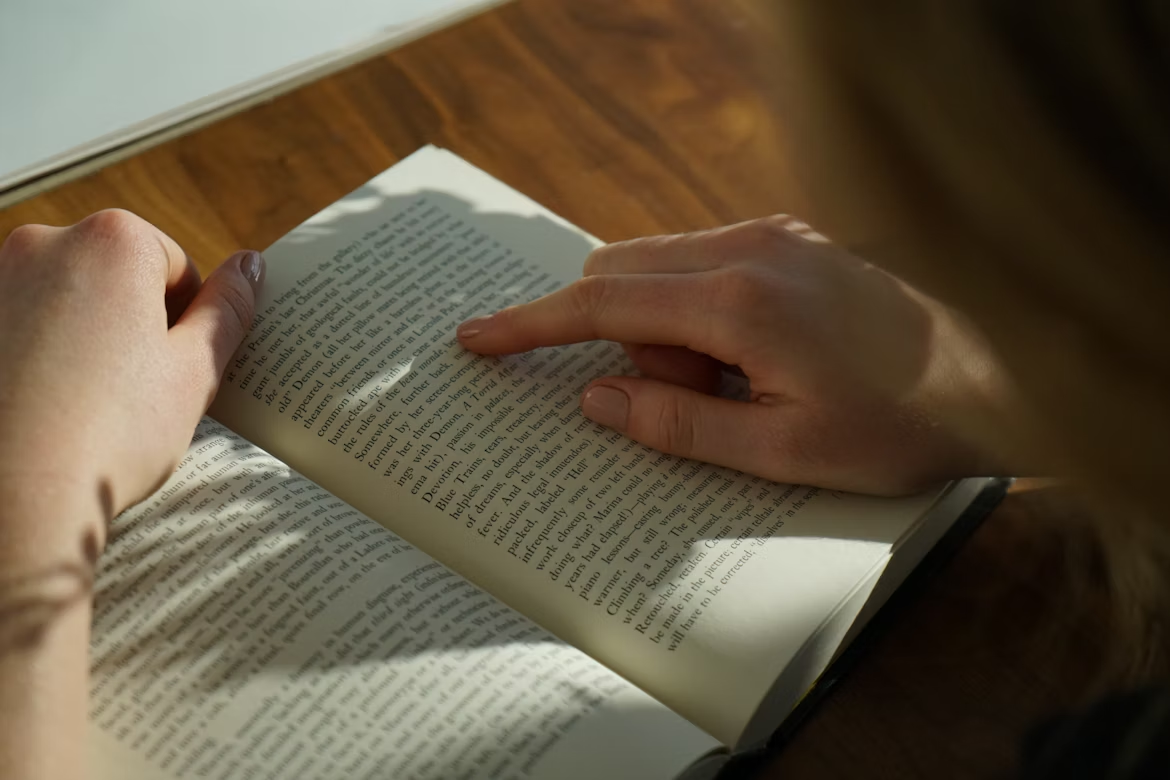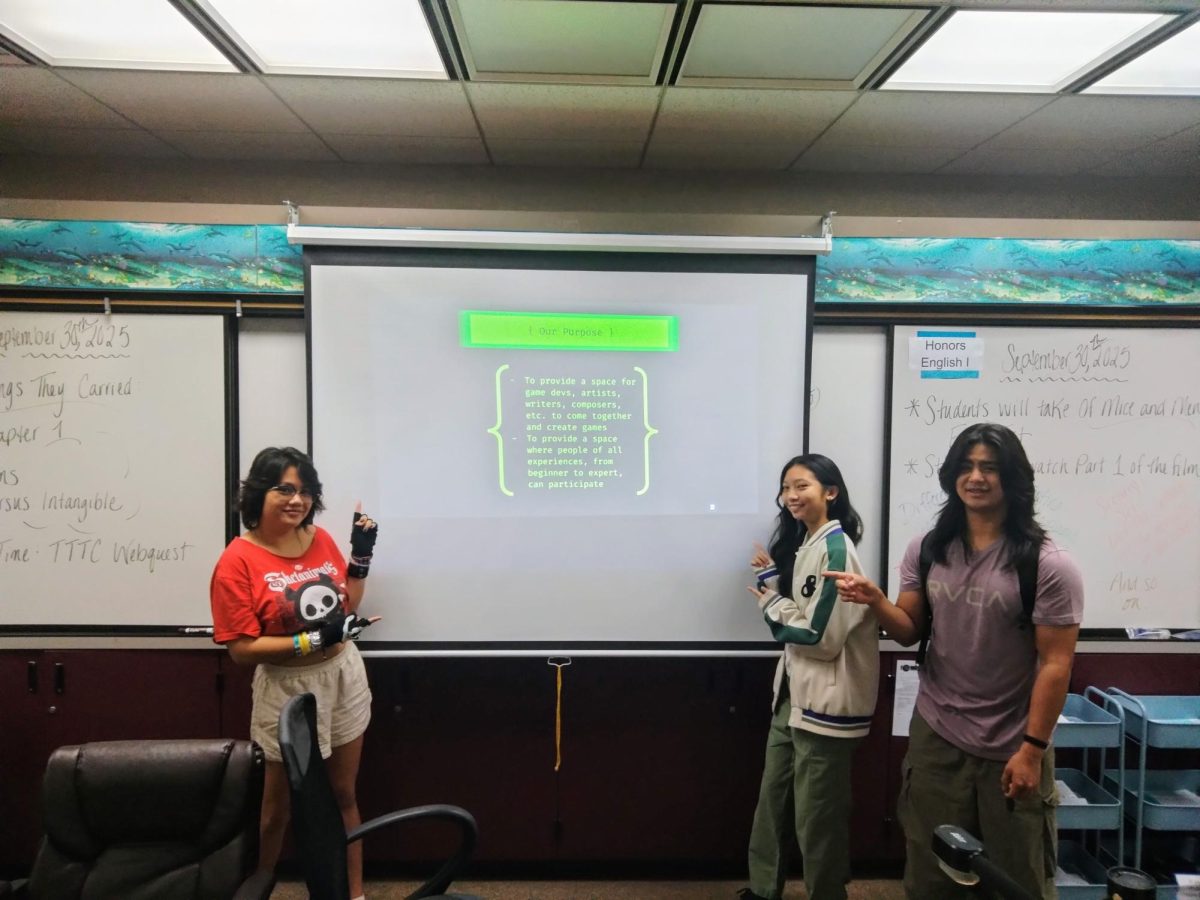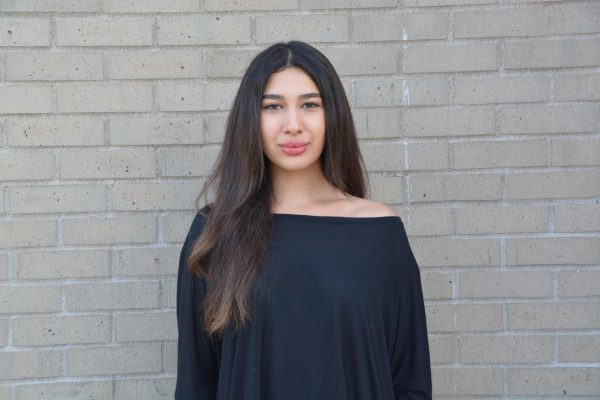Persian New Year, known as “Nowruz,” is on March 20, 2024, and stands as a timeless celebration deeply rooted in the rich tapestry of Persian culture.
Originating thousands of years ago, Nowruz heralds the arrival of spring, symbolizing renewal, hope and the triumph of light over darkness. This vibrant festival not only marks the astronomical beginning of the year but also holds immense cultural and spiritual significance for Iranians and Persian communities worldwide.
Asal Flodius (12) says, “Nowruz to me, means getting together with family and celebrating life and new beginnings. It has always been a big part of my life and I will continue to celebrate it even when I grow up.”
The origins of Nowruz can be traced back to ancient Persia, with its roots embedded in Zoroastrianism, one of the world’s oldest monotheistic religions. Believed to have been founded by the prophet Zoroaster in the sixth century BCE, Zoroastrianism emphasized the eternal battle between good and evil, light and darkness.
Nowruz, falling on the vernal equinox, symbolizes the victory of light as days begin to lengthen and nature awakens from its winter slumber.
Mariam Taheri (12) says, “I have lots of friends and family that celebrate Persian New Year. It’s really about being around each other and celebrating what’s really important in life. It’s always a special time.”
Central to Nowruz celebrations is the Haft-Seen table, a visually stunning arrangement of seven symbolic items, each starting with the Persian letter “S” (pronounced “Seen”). These items include Sabzeh (sprouted wheat or lentils), Samanu (sweet pudding), Senjed (dried oleaster fruit), Seer (garlic), Seeb (apple), Somāq (sumac) and Serkeh (vinegar). Each item represents different aspects of life, such as rebirth, love, patience and the triumph of good over evil.
In the days leading up to Nowruz, Iranians partake in Chaharshanbe Suri, a fire-jumping ritual held on the eve of the last Wednesday before the New Year. People leap over bonfires, symbolically leaving behind the darkness of the past year and embracing the purifying flames to start anew.
Nowruz is a time for family and community. Families gather for festive meals, and it is customary to visit friends and relatives to exchange well-wishes for the coming year. Elders often distribute gifts or “Eidi” to younger family members, fostering a sense of unity and connection.
Today, Nowruz is celebrated not only in Iran but also by millions of Iranians and people of Persian descent worldwide. The diaspora has played a significant role in preserving and promoting Nowruz traditions, ensuring that this ancient festival remains a vital part of Persian identity.
In modern times, Nowruz is a public holiday in Iran, marked by festivities, parades, and cultural events. Beyond Iran’s borders, communities host Nowruz festivals, featuring traditional music, dance and cuisine. The celebration has become a global phenomenon, transcending geographical boundaries and bringing people together to honor their shared heritage.
Nowruz holds profound cultural significance, representing more than just the beginning of a new year. It encapsulates the enduring spirit of resilience, the importance of familial bonds and the celebration of diversity. As a festival that transcends religious affiliations, Nowruz serves as a symbol of unity, fostering understanding and appreciation for Persian culture worldwide.
Persian New Year, Nowruz, stands as a testament to the enduring legacy of Persian culture. Rooted in ancient traditions, this celebration of renewal and hope has transcended time and space, becoming a cherished global event. As we witness the arrival of spring and the blossoming of nature, Nowruz invites us all to embrace the perennial cycle of life, celebrating our shared humanity and the beauty of diversity.





